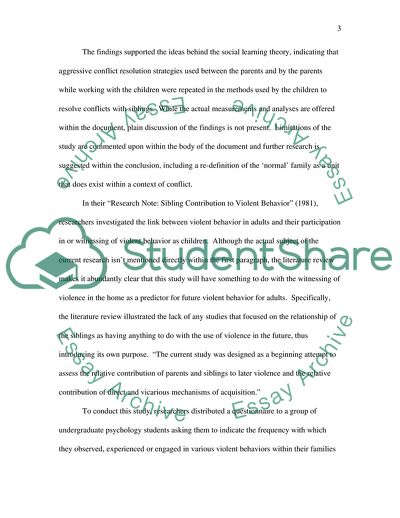Cite this document
(Sibling Conflict Literature review Example | Topics and Well Written Essays - 3500 words, n.d.)
Sibling Conflict Literature review Example | Topics and Well Written Essays - 3500 words. https://studentshare.org/psychology/1703971-literature-review-sibling-abuse
Sibling Conflict Literature review Example | Topics and Well Written Essays - 3500 words. https://studentshare.org/psychology/1703971-literature-review-sibling-abuse
(Sibling Conflict Literature Review Example | Topics and Well Written Essays - 3500 Words)
Sibling Conflict Literature Review Example | Topics and Well Written Essays - 3500 Words. https://studentshare.org/psychology/1703971-literature-review-sibling-abuse.
Sibling Conflict Literature Review Example | Topics and Well Written Essays - 3500 Words. https://studentshare.org/psychology/1703971-literature-review-sibling-abuse.
“Sibling Conflict Literature Review Example | Topics and Well Written Essays - 3500 Words”. https://studentshare.org/psychology/1703971-literature-review-sibling-abuse.


